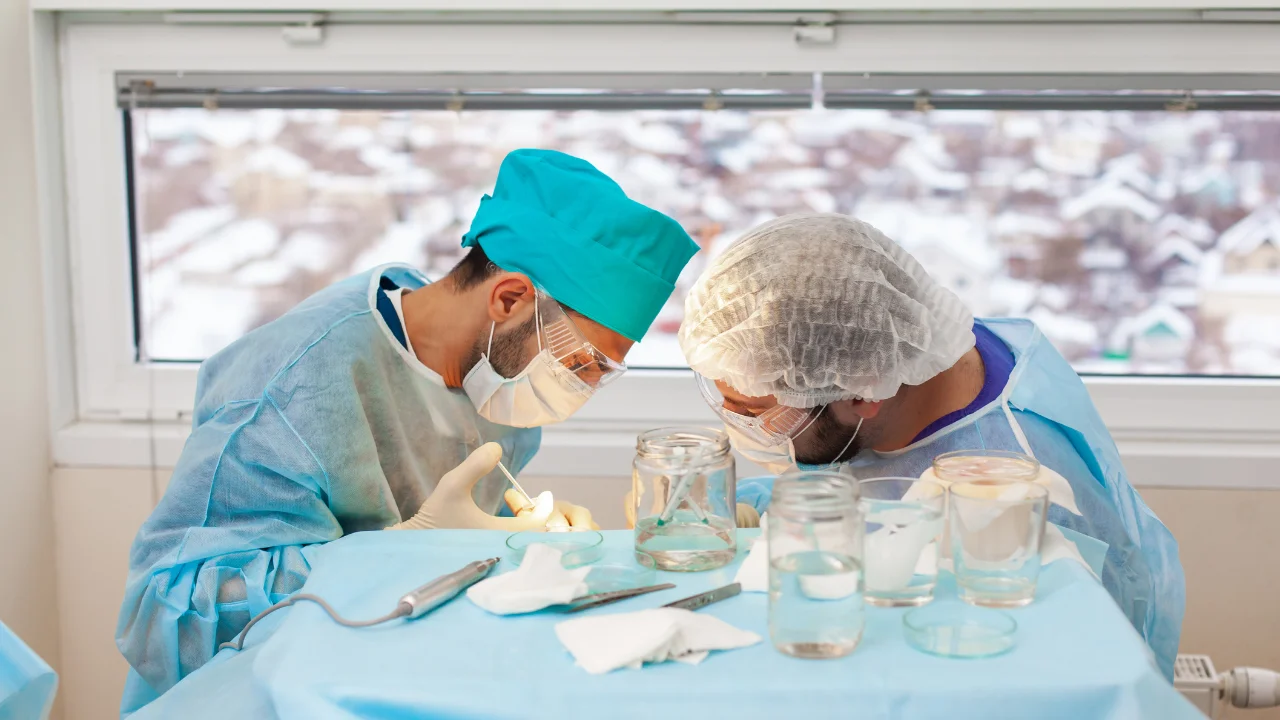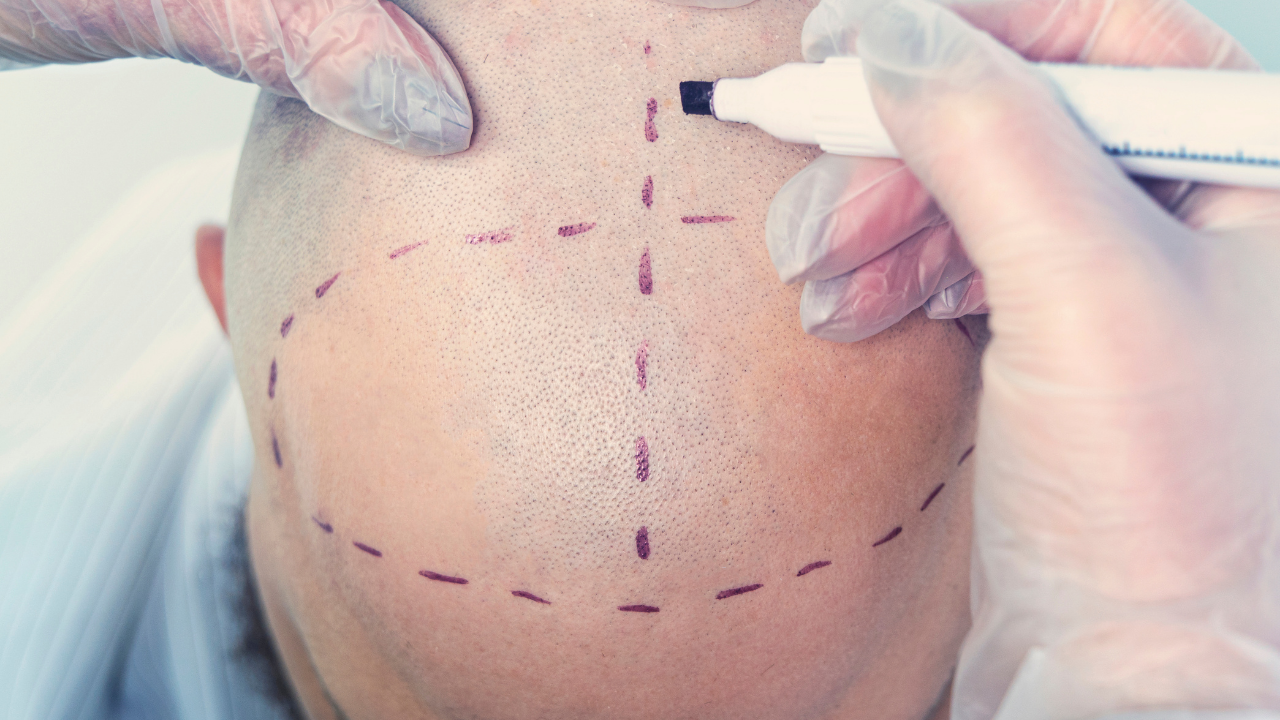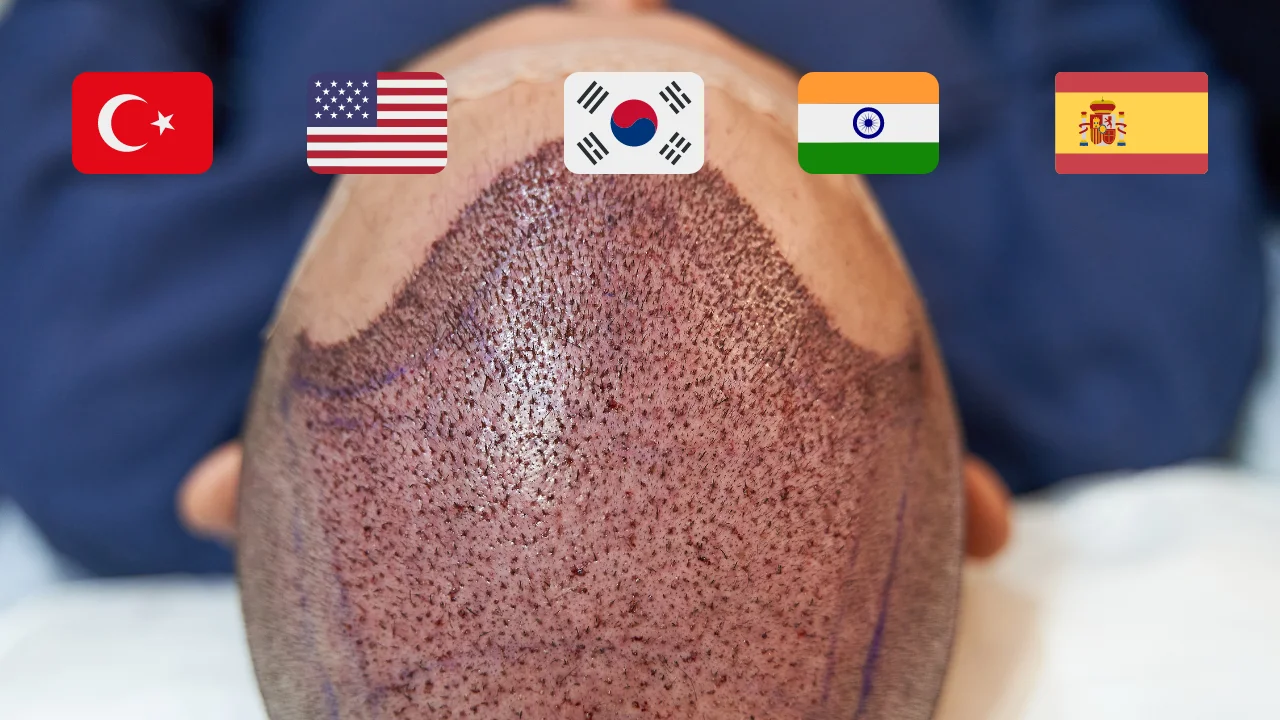How Many Grafts Needed for A Good Hair Transplant?

Hair transplant surgery has become increasingly popular in recent years as a solution for individuals experiencing hair loss or thinning. One common question that arises when considering a hair transplant is, “How many grafts are needed for a good hair transplant?” The number of grafts required can vary depending on several factors, including the extent of hair loss, the desired density, and the characteristics of the patient’s hair. In this article, we will delve into the details of hair transplantation and explore the factors that determine the number of grafts needed for a successful outcome.
Factors Influencing the Number of Grafts
When determining the number of grafts needed for a hair transplant, several key factors come into play. Let’s take a closer look at each of these factors:
1. Degree of Hair Loss
The extent of hair loss is a crucial factor in determining the number of grafts needed for a hair transplant. Hair loss is typically classified using the Norwood Scale, which categorizes male pattern baldness into seven stages. The higher the stage of hair loss, the greater the number of grafts required to achieve a satisfactory result. Similarly, in female pattern baldness, the Ludwig Scale is used to assess the degree of hair loss.
2. Donor Hair Availability
The availability of donor hair plays a significant role in determining the number of grafts for a successful hair transplant. The donor area is usually the back and sides of the scalp, where hair is genetically resistant to hair loss. The density and quality of the donor hair directly affect the number of grafts that can be extracted and transplanted.
3. Hair Characteristics
The characteristics of the patient’s hair, such as hair texture, curliness, and color, can impact the number of grafts needed for a hair transplant. Coarse, curly hair provides better coverage and can require fewer grafts compared to fine, straight hair. The hair color contrast between the scalp and hair can also influence the perceived density, potentially affecting the number of grafts necessary.
4. Desired Density
The desired density of the transplanted hair is another critical consideration. Some individuals may want a higher density, while others prefer a more natural-looking result. The density requirement will influence the number of grafts needed to achieve the desired outcome.
5. Surgical Technique
The surgical technique chosen for the hair transplant procedure can also affect the number of grafts required. The two primary methods used are Follicular Unit Transplantation (FUT) and Follicular Unit Extraction (FUE). FUT involves removing a strip of donor hair, while FUE involves extracting individual follicular units. FUE may require more grafts as it allows for a more precise extraction process.
6. Surgeon’s Expertise
The experience and expertise of the hair transplant surgeon are vital in determining the number of grafts needed for a successful hair transplant. A skilled surgeon will assess the patient’s specific situation and devise a customized plan to achieve the desired results.
How Many Grafts are Typically Needed?
The number of grafts needed for a good hair transplant can vary widely depending on the factors mentioned above. However, as a general guideline, let’s take a look at the average number of grafts required for different stages of hair loss:
- Norwood Scale Stage 2: Approximately 800-1,000 grafts
- Norwood Scale Stage 3: Approximately 1,000-1,500 grafts
- Norwood Scale Stage 4: Approximately 1,500-2,000 grafts
- Norwood Scale Stage 5: Approximately 2,000-2,500 grafts
- Norwood Scale Stage 6: Approximately 2,500-3,000 grafts
- Norwood Scale Stage 7: Approximately 3,000-3,500 grafts
It’s important to note that these numbers are approximate and can vary depending on individual factors. A thorough consultation with a hair transplant specialist is necessary to determine the specific number of grafts needed for your unique situation.
Frequently Asked Questions (FAQs)
Can I determine the number of grafts needed for a hair transplant on my own?
While it’s natural to want an estimate, determining the exact number of grafts required for a successful hair transplant is best left to a qualified surgeon. They will assess your hair loss pattern, donor hair availability, and other factors to provide a personalized recommendation.
Does a higher number of grafts guarantee better results?
Not necessarily. The quality of the transplant, the surgeon’s expertise, and the post-operative care are all essential factors for achieving satisfactory results. It’s not just about the quantity of grafts but also the artistry and precision of the procedure.
Are there any limitations on the number of grafts that can be transplanted?
There are limitations based on the availability of donor hair and the patient’s overall health. A thorough evaluation by a skilled surgeon will help determine the safe and optimal number of grafts that can be transplanted.
Can I request a specific density for my hair transplant?
Yes, you can discuss your desired density with the surgeon during the consultation. However, it’s important to consider the limitations of donor hair availability and the natural characteristics of your hair.
Will I need multiple sessions to achieve the desired outcome?
Depending on the extent of your hair loss and the number of grafts required, multiple sessions may be necessary to achieve the desired outcome. This will be discussed and planned during the consultation with your surgeon.
What is the recovery period after a hair transplant procedure?
The recovery period can vary from person to person, but typically, it takes about 7-10 days for the transplanted hair to settle and the initial healing to occur. However, the full results may take several months to a year to become visible.
Conclusion
Determining the number of grafts needed for a good hair transplant is a complex process that depends on various factors, including the degree of hair loss, donor hair availability, hair characteristics, desired density, surgical technique, and the surgeon’s expertise. It is crucial to consult with a qualified hair transplant specialist who can evaluate your specific situation and provide personalized recommendations. Remember, achieving a successful hair transplant involves not only the quantity of grafts but also the quality of the procedure and post-operative care. By considering all these factors, you can embark on your hair restoration journey with confidence and look forward to a natural and satisfying outcome.



